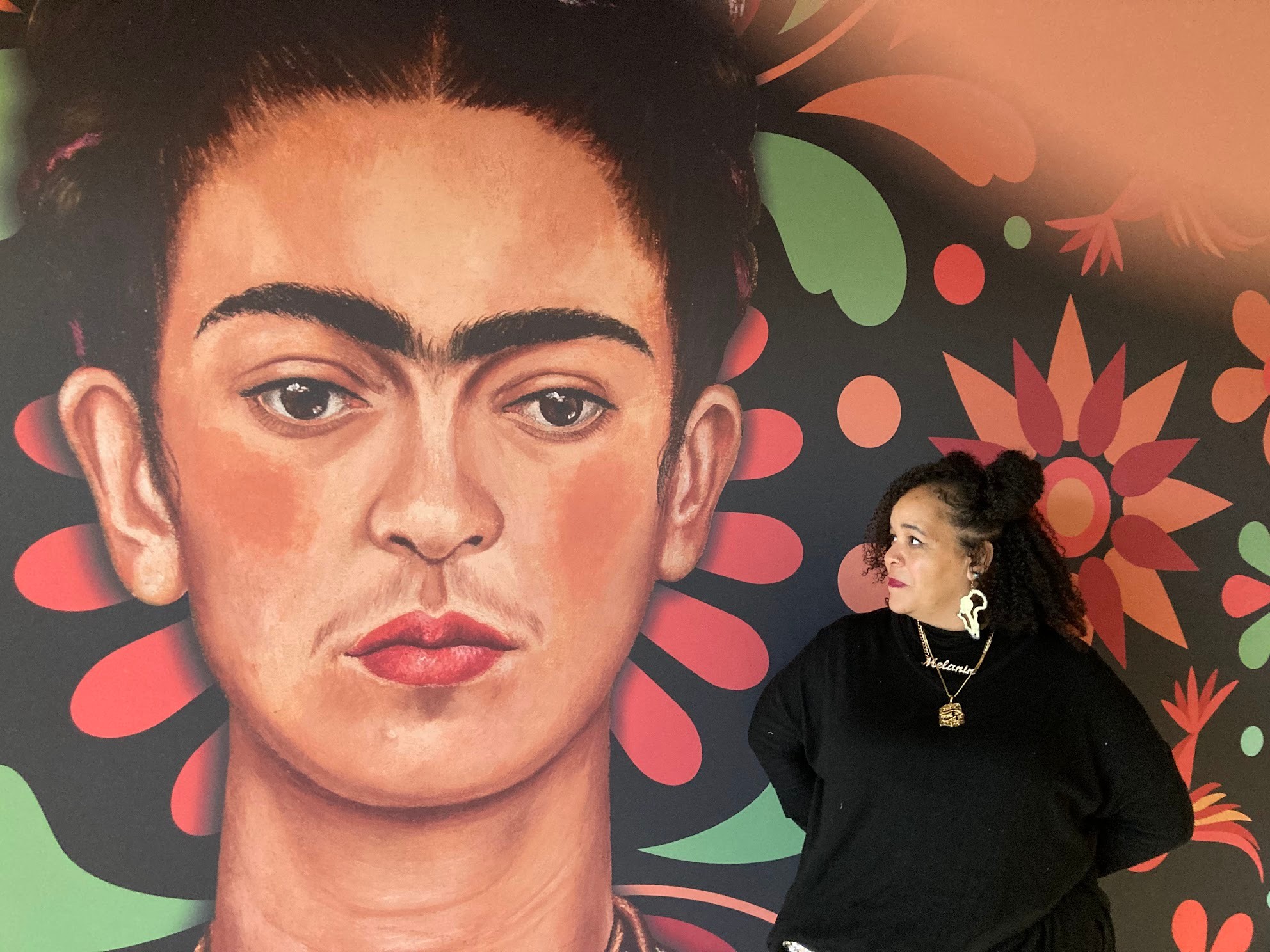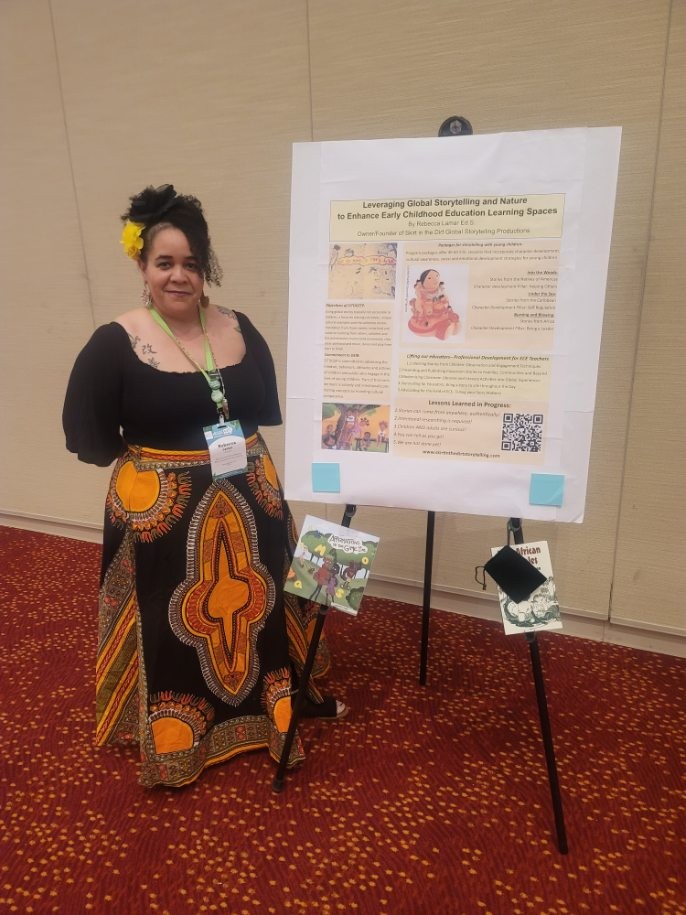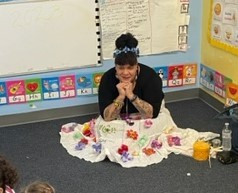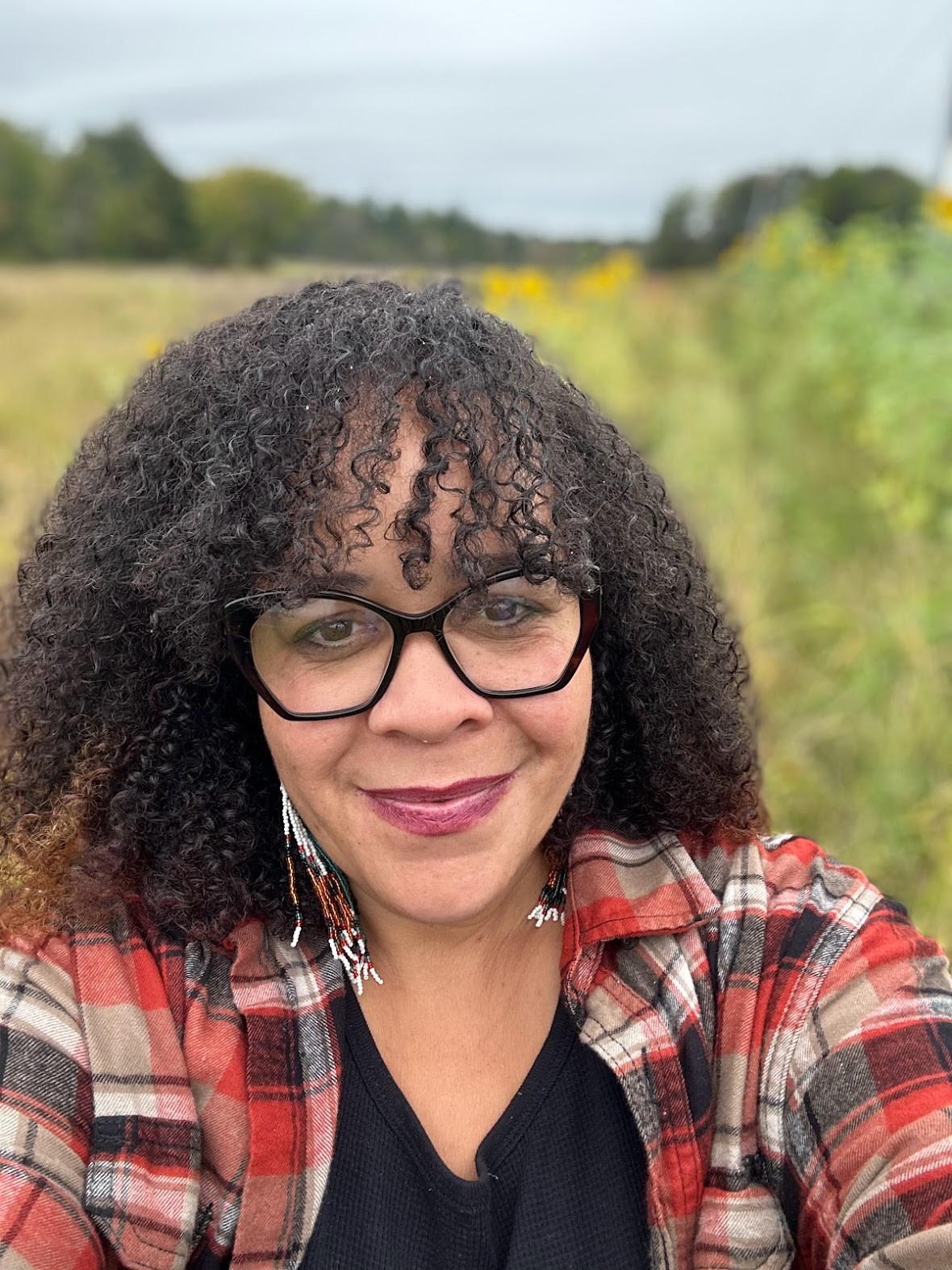We caught up with the brilliant and insightful Rebecca Lamar a few weeks ago and have shared our conversation below.
Alright, Rebecca thanks for taking the time to share your stories and insights with us today. Learning the craft is often a unique journey from every creative – we’d love to hear about your journey and if knowing what you know now, you would have done anything differently to speed up the learning process.
Three years ago, I made a discovery that I had never truly put my craft away, but I had let it fall down the priority ladder. The reality was that my art, was the only thing that was helping to process through some trauma and emotional events. I didn’t know it at the time, but art had made a way for me to express myself without having to create words behind it. Then, when I was comfortable, I could transition some of the visual art into written composition, but only when I was ready. Learning the craft of jumping into the art, with sometimes no plan at all, was part of my learning journey. Getting in front of a canvas, or seated in front of the laptop to write, can be one of the scariest parts pf the process. And the burst of energy that comes when the brush hits the canvas is also a big part of the craft. The commitment to get started.

As always, we appreciate you sharing your insights and we’ve got a few more questions for you, but before we get to all of that can you take a minute to introduce yourself and give our readers some of your back background and context?
I got into the business of storytelling, because I know how to embellish any story to get someone’s attention. I my younger years, this looked like theater class an events, and later in life, marketing and children’s and adult programming has me working with stories in a different way. I fundamentally believe that after the murder of George Floyd, I was determined to tell a different kind of story, that taught us from the past, and had us think about community differently. The beauty of oral storytelling, is that many times, the animals, the forest or other elements outside of human give light and understanding to some hard truths about community and solving problems. Beyond storytelling, I also work with other visual arts in groups to bring about healing. As healing happens, often times finding a creative outlet to release and tell your story can bring closure and empowerment to the next step of planning. I typically work with organizations to rethink their professional development and leadership development. In customized professional development, organizations can find unity and their common purpose so that they are able to bring that energy to projects. I also work with community agencies who focus on community engagement and are seeking innovative ways for their groups to learn and thrive together. Completing my programs is storytelling as learning or entertainment for children and their caregivers. Working with libraries, schools and early childhood programs, an hour long program brings character development and cultural competency to the classroom. We keep our purpose simple, we ell stories about art and cultures, or we can make art and learn culture from our stories. How we get this accomplished is part of the creative collaborative process, and magic that is formed in the relationship between the client and Skirt in the Dirt Storytelling.


Learning and unlearning are both critical parts of growth – can you share a story of a time when you had to unlearn a lesson?
The biggest lesson I had to unlearn was that it is ok to have multiple projects open and working at the same time. I think in my formal training, this practice was shared as messy and unorganized. That might be true, and I think for me, having a few projects available for making progress on, helps me give energy to each project in a new way. I need breaks between my creative spurts and this open project practice helps to align those creative efforts.
Have you ever had to pivot?
As with many creatives, the pandemic brought about so many challenges. For Skirt in the dirt, gaining the same engagement in storytelling online, that I could capture in the community space was a steep mountain to climb. I found myself pulling in all these props and gadgets for mixed reviews. I brought in soundbites and all sorts of culturally infused music. While some of the efforts did bring laughs and smiles, the biggest shift, was moving from a place of wanting educate them, to a place of wanting to relate to them. Once I was connecting with each human, they naturally were hoping to stay connected. This “A-Ha” moment moved some of my introductory work to a different flow that included personal questions and pauses for processing conversations. The ability to switch to relational practice kept a sense of community in the virtual space.
Contact Info:
- Website: skirtinthedirtstorytelling.com
- Facebook: Rebecca Lamar-Jackson


